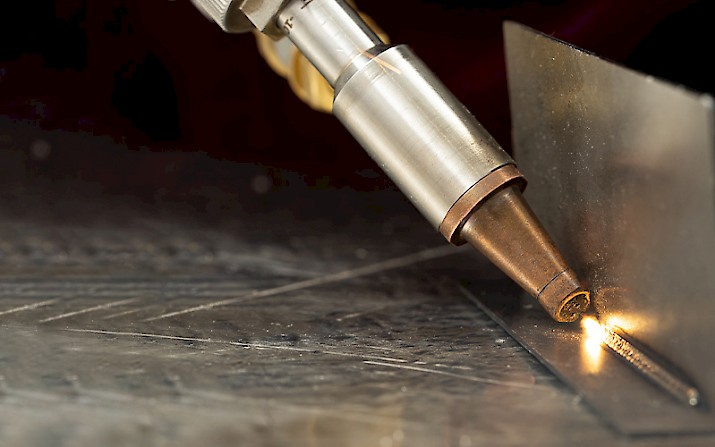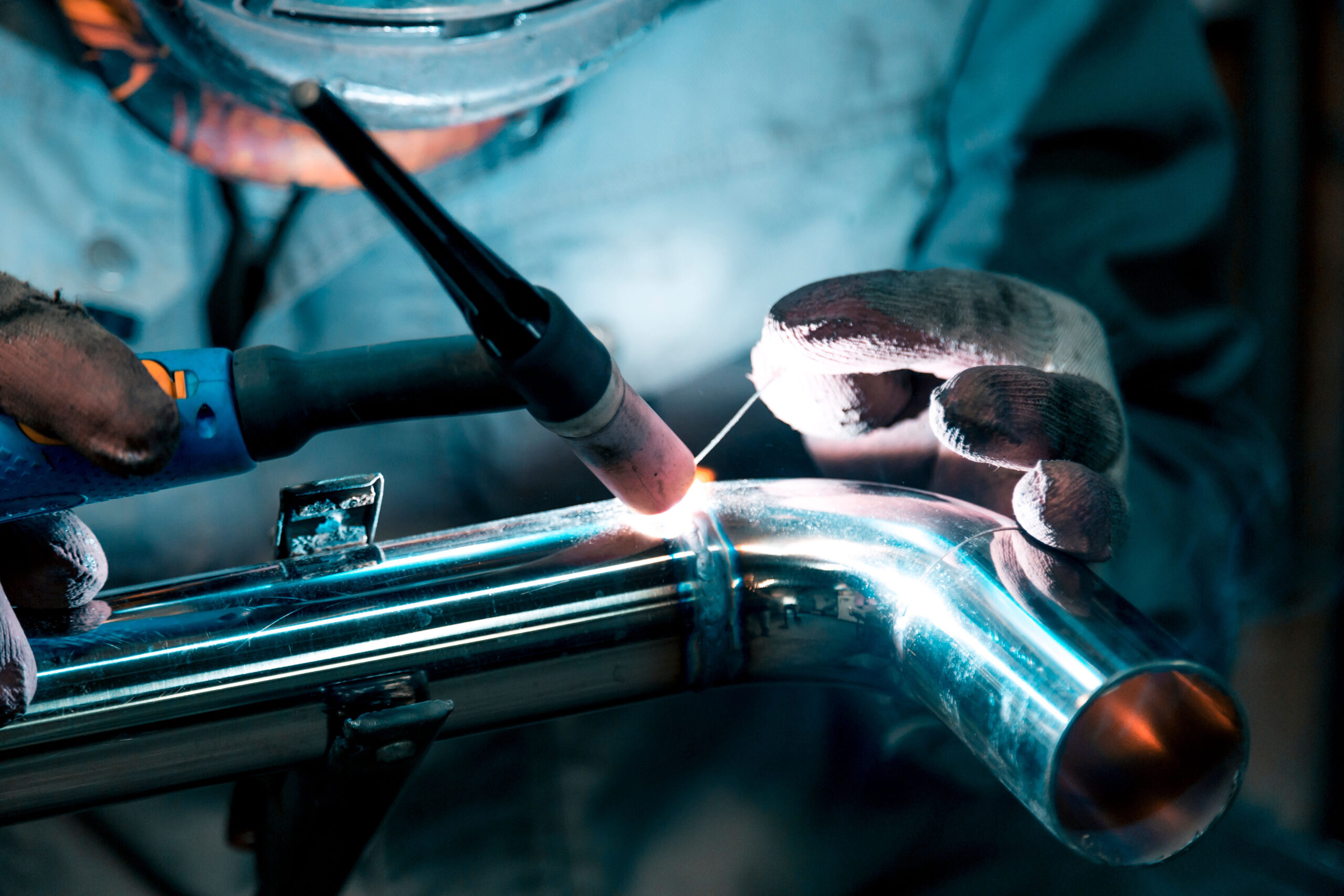Bonding WPS for Beginners: Getting Going with Welding Treatment Specs
Bonding WPS for Beginners: Getting Going with Welding Treatment Specs
Blog Article
The Ultimate Guide to Welding WPS Procedures: A Detailed Summary for Welders
In the detailed world of welding, Welding Treatment Specifications (WPS) serve as the backbone of making certain top quality, consistency, and safety and security in welding procedures (welding WPS). As we delve into the various parts of a WPS and explore the ins and outs of certification and accreditation, we will reveal the crucial role these treatments play in the world of welding.
Relevance of WPS Procedures
Understanding the significance of Welding Treatment Requirements (WPS) procedures is critical for ensuring the quality and stability of bonded structures. WPS treatments offer as a roadmap for welders, laying out the required steps, specifications, and materials required to attain an audio weld. By sticking to WPS guidelines, welders can ensure uniformity in their work, resulting in trusted and structurally audio welds.
Among the main reasons that WPS treatments are crucial is their function in preserving weld high quality and stability. Adhering to the specified welding specifications and strategies laid out in the WPS aids stop flaws such as porosity, splitting, or insufficient blend, which can compromise the stamina and longevity of the weld. In addition, WPS procedures are essential for making sure compliance with sector requirements and codes. By complying with recognized WPS guidelines, welders can show that their job satisfies the necessary demands for safety and security and quality, offering assurance to customers, inspectors, and regulatory bodies. Basically, the importance of WPS treatments can not be overemphasized, as they are fundamental to accomplishing regular, top notch welds that satisfy market standards and requirements.

Components of a WPS
A Welding Procedure Requirements (WPS) usually consists of vital components that detail the certain demands for implementing a weld, ensuring consistency and top quality in the welding procedure. The crucial parts of a WPS include crucial variables such as base metals, filler steels, preheat and interpass temperatures, welding procedures, protecting gases, welding settings, and post-weld heat treatment requirements.
Base steels describe the materials being joined, while filler metals are utilized to fill the void in between the base steels throughout welding. Preheat and interpass temperature levels are essential for controlling the heat input and avoiding problems like breaking or distortion. The welding process details the particular method to be utilized, whether it's gas metal arc welding (GMAW), secured steel arc welding (SMAW), or an additional technique. Shielding gases protect the weld swimming pool from climatic contamination. Welding settings specify the orientations in which welding can be performed. Post-weld heat treatment may be required to eliminate stress and anxieties and improve the weld's properties. An extensive understanding of these parts is crucial for developing a extensive and efficient WPS.

Credentials and Qualification
Having actually established the necessary parts of a Welding Procedure Specification (WPS), the focus currently shifts towards the critical elements of qualification and qualification in welding practices.

Accreditation, on the other hand, is the formal recognition of a welder's certifications by a pertinent accreditation body or organization. Welding accreditations are generally based on the certain welding procedures, materials, and settings a welder is certified to work with. Holding a valid welding qualification shows that a welder meets industry standards and is skilled to execute welding tasks to the required requirements.
Developing a WPS
To create a Welding Treatment Specification (WPS) that satisfies sector requirements, cautious factor to consider of welding procedures, materials, and functional parameters is essential (welding WPS). The initial step in producing a WPS is to determine the welding process to be made use of, such as gas metal arc welding (GMAW) or shielded metal arc welding (SMAW) When the welding process is identified, the next critical facet is choosing the appropriate materials, taking into consideration elements like base metal kind, density, and joint layout. Functional criteria such as welding present, voltage, traveling rate, and securing gas structure must look at this now additionally be meticulously specified in the WPS.

Carrying Out and Keeping An Eye On WPS
Upon wrapping up the detailed Welding Procedure Specification (WPS) that thoroughly information welding procedures, materials, functional parameters, and high quality guarantee steps, the focus changes to successfully implementing and monitoring the recognized treatments. Implementation entails making certain that all welders associated with the task are familiar with the WPS and follow it carefully throughout the welding process. This calls for providing adequate training and guidance to guarantee adherence to the specified procedures. Monitoring the WPS includes constant oversight to verify that welding activities straighten with the recorded requirements. Evaluations, screening, and quality control steps are crucial elements you can try these out of the monitoring procedure to recognize any kind of discrepancies or problems promptly. Regular audits and testimonials of the welding treatments help in preserving consistency and quality throughout the task. Reliable implementation and tracking of the WPS are critical for ensuring the integrity, stamina, and safety and security of the welded joints, ultimately adding to the general success of the welding article project.
Verdict
In verdict, understanding and complying with Welding Procedure Specs (WPS) is critical for welders to ensure quality, uniformity, and safety and security in their job. By recognizing the parts of a WPS, obtaining appropriate qualifications and accreditations, producing thorough treatments, and applying and checking them properly, welders can enhance their skills and effectiveness in welding methods. Following WPS treatments is essential for producing top notch welds and conference sector criteria.
In the detailed globe of welding, Welding Treatment Specs (WPS) serve as the foundation of making sure quality, uniformity, and safety in welding operations. The welding process details the details strategy to be made use of, whether it's gas steel arc welding (GMAW), shielded steel arc welding (SMAW), or one more technique.To create a Welding Treatment Specification (WPS) that meets market standards, cautious factor to consider of welding procedures, materials, and functional specifications is crucial. The first action in creating a WPS is to recognize the welding procedure to be utilized, such as gas metal arc welding (GMAW) or secured metal arc welding (SMAW)Upon settling the detailed Welding Treatment Specification (WPS) that meticulously details welding procedures, materials, operational specifications, and quality guarantee measures, the focus changes to effectively applying and monitoring the established treatments.
Report this page